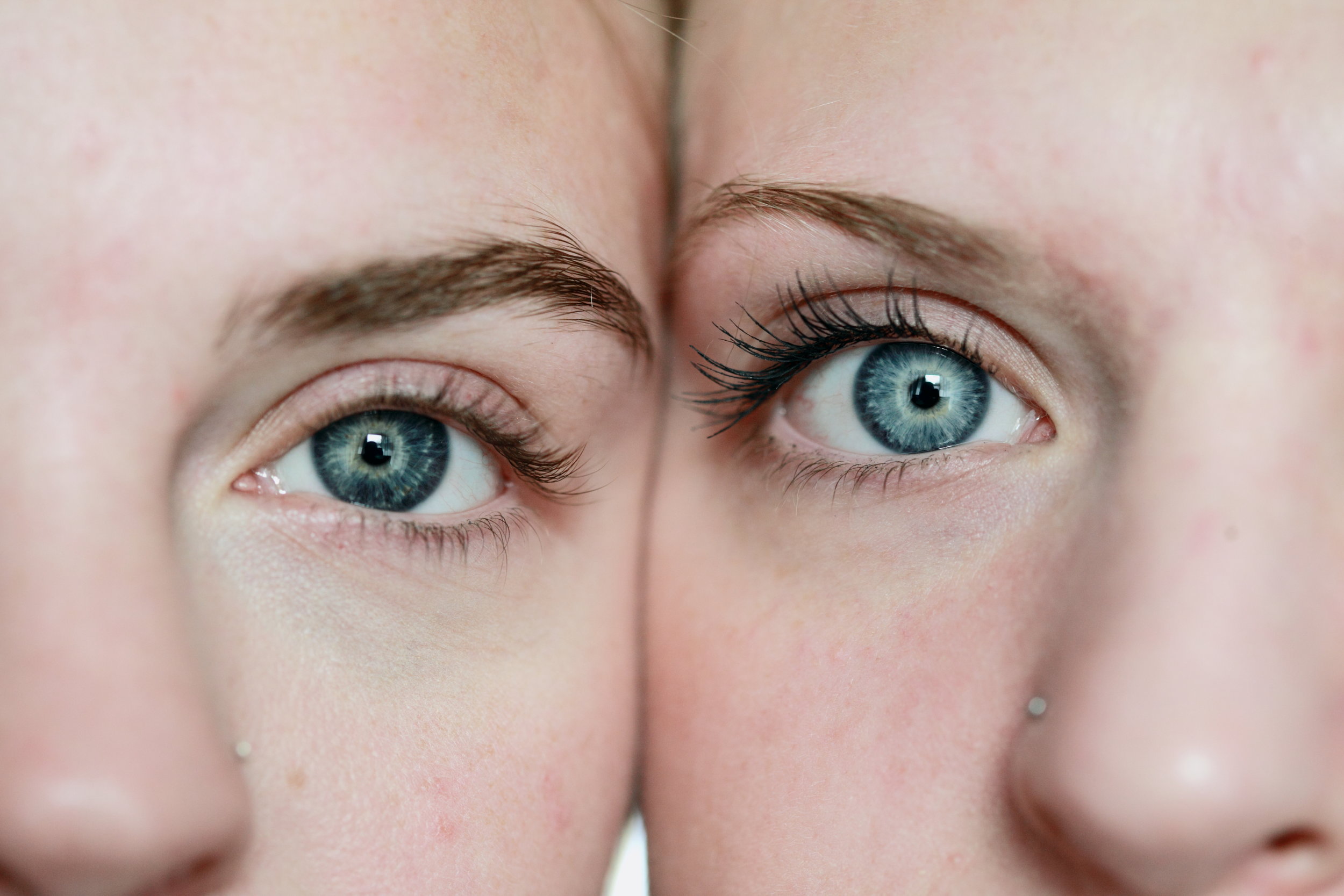Dark winter months make night driving a challenge. It is a physiological fact that our vision is best in daylight- so our eyes need all the help we can give them while driving at night. Furthermore our eyes require a full 5 minutes to adapt to the dark. While driving at night, light conditions are variable and can change rapidly. This ability to adapt to differing light levels will slow as we get older and some eye conditions impede this process.
How to maximise your night driving experience;
Get your eyes tested- regular eye exams ensure your vision is at its best. Even small focussing errors can have great effect on night vision- so even if you meet the minimum vision requirement to drive without glasses, you may still experience difficulty with night driving. Conditions such as cataract can increase glare sensitivity while driving at night, but also decrease your contrast of vision.
Check your glasses- Visit Eyes of Howick for a free glasses WOF including fit adjustment and ultrasonic cleaning. We can inspect the lenses for any lens defects which may impact your vision. Clean your lenses daily with cool to luke-warm water and a soft, clean cloth to keep them smudge free. Or better yet, use recommended products such as our lens spray cleaner, wipes of peeps- the carbon lens cleaner. See our online store for our lens cleaning options.
Choose the right lens-Ensure your lenses have an antireflective coating- this improves light transmissibility through the lens and reduces disabling glare while night driving. Crizal Sapphire HR lenses are the most transparent anti-reflective lenses. Furthermore, Crizal Prevencia blue blocking lenses are reported to reduce glare discomfort for night drivers.
Clean your windscreen- on the inside and out! That greasy film can be a real distraction, particularly with oncoming headlights and sun strike through the day. Replace your wiper blades as required and keep the washer bottle topped up.
Clean your headlights- any dirt will reduce their effectiveness at night. Also check for yellowing of any polycarbonate headlamp covers- this can be cleaned off with the appropriate product.
Use your headlights effectively – from 30 minutes before sundown and 30 minutes after sunrise. Don't be hesitant to use high beam while travelling at night except for when approaching and following other vehicles and this can cause disabling glare for other drivers.
Avoid the glare -If you find glare of oncoming traffic a problem- avert your eyes to the left side of the road to avoid this direct glare source while at the same time remain aware of oncoming vehicles. Also don't travel at night with the internal vehicle light on as this will cause extra visual fatigue.
Slow down-Drive at a speed so you can see the road at least 2 seconds ahead.
Remember if you have any queries about your vision difficulties or your eyewear, we are always happy to help at Eyes of Howick. Here's to happy and safe driving!









